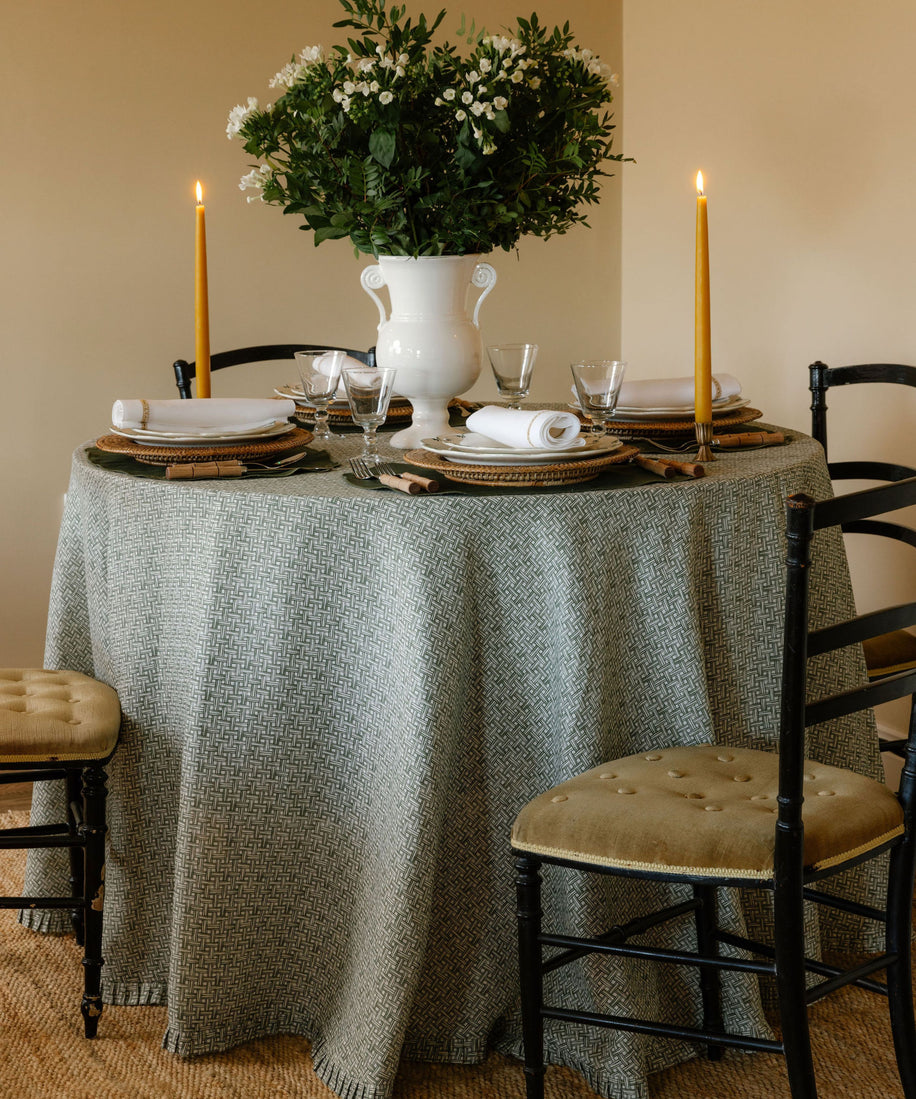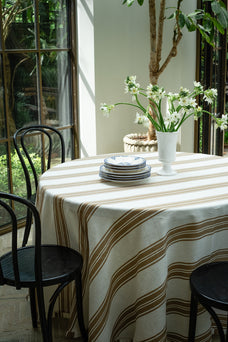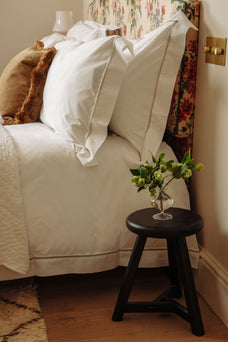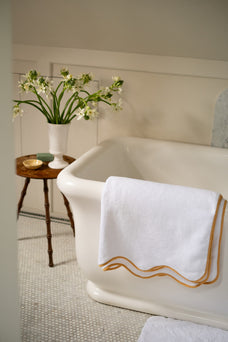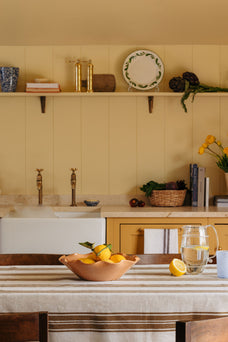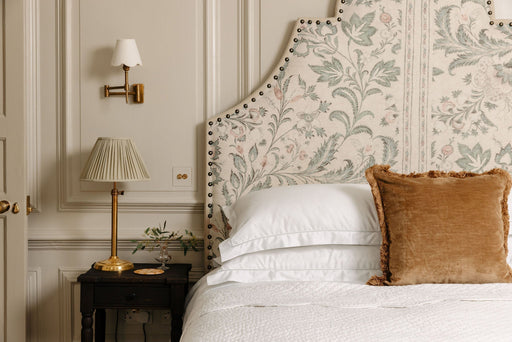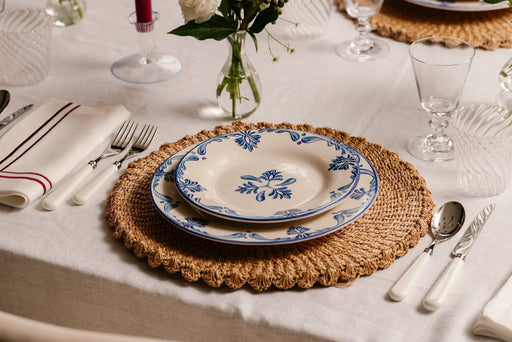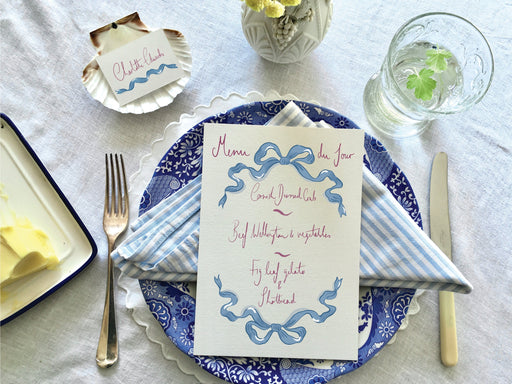1. Thread count
Thread count is simply the number of threads per square inch. It is the weight of the material. We wouldn't judge the quality of a diamond simply by its weight, neither a jumper - so why judge bed linen this way? A thin cotton is undesirable, but 1000 thread count and similar is actually less breathable than you might expect.
To attain very high thread counts, two or three yarns are twisted together before the cotton is woven. This effectively doubles or triples the thread count - there are more threads in the square inch. It is used to strengthen lesser quality cotton and to create the “high thread counts” consumers often lust after - a win-win for retailers, lose-lose for consumers. This is referred to as two or three ply cotton.
Think about a potato sack. It is woven by twisting yarns together. Individual rope yarns are twisted together and then those threads are woven together.
I am yet to find a single ply cotton that is above a 700 thread count. This particular fabric, which we can supply bespoke bed linens in, is woven with one of the top two cotton strains in the World - extra long staple Giza 87 cotton. It represents less than 1% of Egyptian Cotton produced and harvested. It is the creme de la creme of cotton and is characterised by being incredibly uniform, fine but strong. Cotton of lesser quality can't be woven to this thread count singly ply because the yarns are not fine and strong enough.

2. Single ply
If you don't twist the yarns together, this is single ply bed linen. Single ply cotton closely resembles silk in its handle - fine and breathable, but strong. Only high quality cotton can be woven single ply as it doesn't need strengthening by twisting yarns together.
Our bed linen is exclusively singly ply, which is why our thread count feels “surprisingly” luxurious.

3. Long staple
The length of the individual cotton fibres is really important. This is how Egyptian cotton achieved its reputation - it typically has long fibres.
As the popularity of Egyptian cotton grew, retailers begun to combine Egyptian cotton with regular cotton. As advertising bodies allow, as long as 50% of the cotton is Egyptian, retailers can call it Egyptian. (For the record, we don't use this practice and never will.)
It’s also important to note that not all Egyptian cotton is long staple. Egypt grows "regular" cotton as well as the best cotton in the world - Giza 45 and Giza 87. Additionally, other regions, such as America, are well suited to growing long and extra long staple cotton. Simply, to be good, it doesn't have to be Egyptian, but the very, very best is Egyptian.
Rather than provenance for cotton sourcing, the most important factor to consider is how long the cotton fibres are.
Our bed linen is made from long staple or extra long staple cotton. As with flawless diamonds, extra long staple cotton commands disproportionately high prices due to the finite supply and high demand.

Why is long staple cotton so important?
Split ends. No one likes them. They make your hair frizzy and rough.
Long staple cotton reduces the number of fibre ends. The outcome of this is cotton that is:
i) less prone to wrinkling
ii) lasts longer (less likely to break)
iii) less likely to pill
iv) softer / more luminescent

4. Oeko-tex certified
Our bed linen is Oeko-tex certified, meaning the entire production chain is free from harmful chemicals.
5. Finishing techniques
This is where a heritage manufacturer really adds value. The century-old expertise in these regions hold secrets passed down from generation to generation and guarded as industry insider know-how.
Within reason, anyone could buy long staple cotton and weave it single ply. However, you can’t easily replicate hundreds of years of expertise, usually cultivated in a particular town and passed on from generation to generation.
Our bed linen is woven in historical textile regions in Italy and Portugal. The expertise of our weavers mean they know best how to work with cotton to make the most luxurious bed linen - super lustrous and as soft as possible.
This explains why long staple, single ply cotton from one brand to another can differ, and why Italian woven cotton is widely considered the best, followed by Portuguese.
Italy has, quite rightly, gained a strong reputation for manufacturing the best bed linen in the world.

6. Weaves
Sateen or percale; marmalade or jam - which is better? It is simply personal preference.
We have highlighted their key differences below:
Percale
- Crisp and cool - perfect for hot sleepers and summer nights. Typically, shirts are woven in percale.
- Longer lasting than sateen due to the nature of the weave (one under, one over, rather than one under, three over).
- More prone to wrinkling due to the nature of the weave
Sateen
- Super soft and silky - perfect for cold sleepers and winter nights
- Not as long lasting as percale due to the weave - saying this, exceptional quality cotton will still have very good longevity. A sateen weave is three over and one under, so by its nature the weave is less ‘tight’.
- Less prone to wrinkling than percale due to the nature of the weave
I hope this has guide has proved valuable and helped to dispel a lot of the myths in bed linen.
Discover our Bed Linen collection, including duvet covers, pillowcases and bed sheets.


